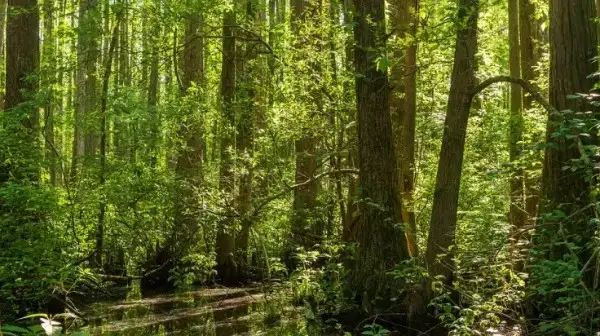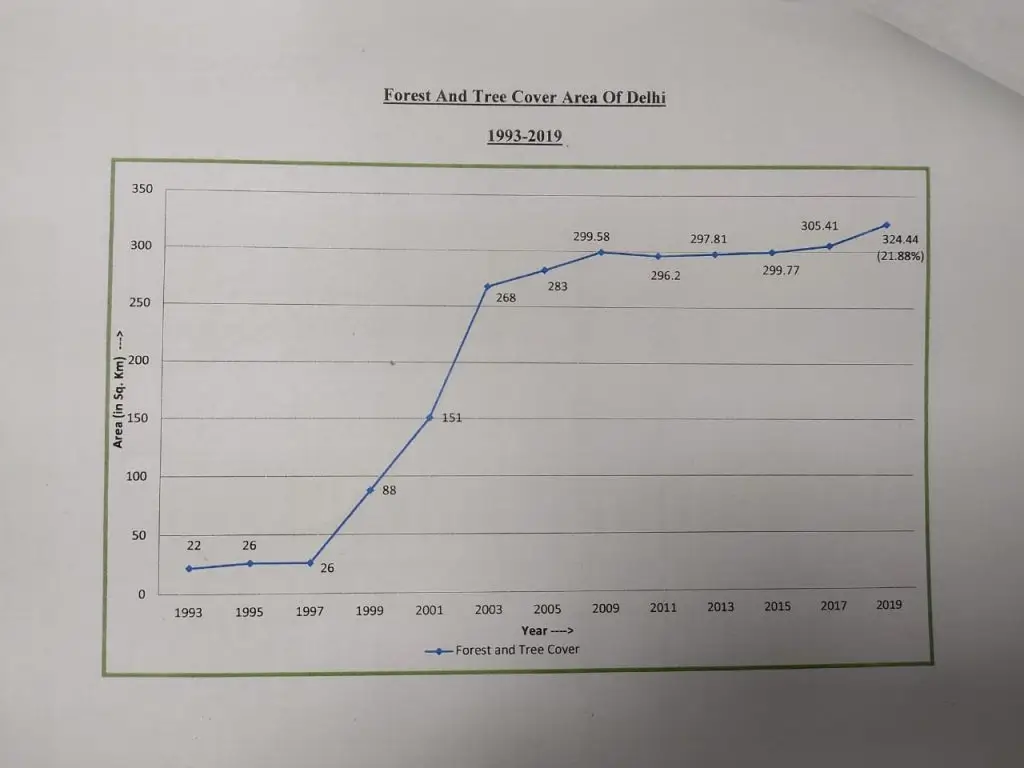How preserving forests is an exigency to sustain life
- Prof. G.N. Sinha
- Published 12/06/2020

Protection of the environment is imperative and cannot be ignored by the world. The success stories of the Environment Protection Agency (EPA) and the Environment Agency (EA) in the USA and the UK are widely known. This blog envisages probing the extent of achievements of the Indian agencies responsible for environmental amelioration and protection
Every enhancement in an environmental parameter like air quality, water quality or biodiversity index reflects the success in maintaining the mandated forest cover in the country. The requisite area of forest cover is at the heart of all the solutions to environmental problems that affect our lives. It is a guarantee of rich biodiversity and a good habitat for wildlife and species protection. It also indicates the capacity of forests to enhance carbon sequestration, thus mitigating climate change. Perhaps, this is the reason why forest is often called the foster mother of agriculture.
As per the National Forest Policy, 1988, the mandated area of forest in India is 33% of the geographical area of the country. Before the enactment of the Forest (Conservation) Act 1980, there were huge diversions of forest area for multiple uses by the states such as mining, dams, roads, thermal power, irrigation and what not. Such developmental activities have always been contentious and repeatedly objected by environmentalists. However, with the enactment of the Forest (Conservation) Act 1980, the strict procedural requirements successfully halted reduction of the forest cover in the country.
Measurement of forest cover in the country before the 1980s was based on summing up area of all legally notified forests, which did not give the correct picture of the actual area under forest cover. In the 1980s, space satellites were deployed for remote sensing of real forest cover. Standards were introduced to classify India’s forests on parameters like very dense forest, moderately dense forest, open forest, mangrove cover and non-forestland.
The oldest available data reveals that the forest cover of the country, as per a report published by the Forest Survey of India (FSI) in 2005, was 67.71 million hectares, which comes to 20.60% of the total geographical area of the country. The State of Forest Report 2019 released by FSI reveals that India’s forest cover now stands at 21.67%. An increase in the forest cover despite competing demands on forestland for multiple developmental projects, urbanization and socially relevant infrastructures is a matter of great satisfaction.
The increasing trend in the forest cover of the country is due to the successful implementation of laws and policies while undertaking forest regeneration programs and implementing compensatory afforestation programs in case of diversion of forestland for non-forestry purposes. Both central and state governments have successfully increased and diversified awareness programs on environmental protection. All schools now have eco clubs supported by the governments.
With the establishment of a separate Department of Forest and Wildlife under the Government of the National Capital Territory (NCT) of Delhi in the early 1980s, greening of Delhi was initiated on a massive scale. Delhi’s NCT has been reeling under the pressure for modernization of infrastructure and urbanization needs. Despite several infrastructural projects and large-scale construction taking place in Delhi such as Metro, National Highway Projects, High Capacity Bus Service (HCBS), flyovers, underpasses, subways and general road widening, the forest and tree cover of Delhi has been increasing on a sustained basis from 22 sq. km. (1.48%) in 1993 to 324.44 sq. km. (21.88%) in 2019. The department carries out several environment-friendly activities such as the massive tree-planting programme, which is executed under the Government-approved Greening Delhi Action Plan.

During my tenure under the Delhi Government, the department had granted permission to DMRC to fell trees for establishing a metro network. Around 100000 trees were allowed for felling during that time in lieu of the planting of ten times new saplings by the department and maintain them for ten years at the cost of DMRC as per the provisions of the Delhi Tree (Preservation) Act 1981. In my recent conversation held with Mr. Ishwar Singh, IFS, presently PCCF, Government of NCT of Delhi, felling permission to DMRC granted until recently was around 150000 trees. Despite such huge number of felling of trees for a public purpose, the green cover has not dipped in Delhi; on the contrary, it has shown a substantial increase. Likewise, I have been the Principal Chief Conservator of Forests in Arunachal Government for a long time and in the same rank in Andaman and Nicobar Administration for two and half years. In these territories also, the forest cover has almost remained the same despite the huge pressure on forestland by big developmental projects from such agencies as the National Hydroelectric Power Corporation (NHPC) and the National Highway Authority of India (NHAI) to name a few.
In the end, I wish to state that there exist several misconceptions regarding the schemes, policies and programs undertaken by the government officials to protect the environment. As a citizen, it is our duty to keep oneself aware of the facts and figures, which are available on the website of the Ministry of Environment, Forest and Climate Change. Let us all resolve to protect our nature and surroundings to have a sustainable life.
Prof. G.N. Sinha
The writer is G N Sinha, Professor, UPES School of Law
Tags
- preserving forest
- Protection of environment
UPES Admission Enquiry
Subscribe to UPES Blogs
Join our community for exclusive stories, insights, and updates
By clicking the "Subscribe" button, I agree and accept the privacy policy of UPES.



































